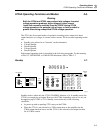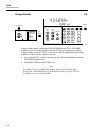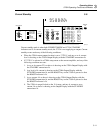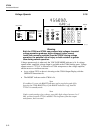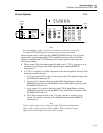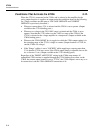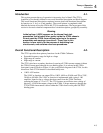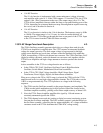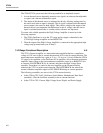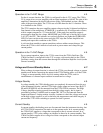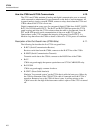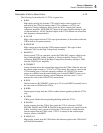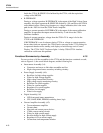
Theory of Operation
Introduction
4
4-3
Introduction 4-1.
This section presents theory of operation in increasing level of detail. The 5725A
Amplifier is first broadly defined in an overall functional description and block diagram.
The overall functional description continues in more detail with functional descriptions
by function (ac V, dc I, ac I, and standby). The overall picture is completed with a
detailed discussion of how the 5700A and 5725A communicate. The largest part of this
section is devoted to detailed component-level circuit descriptions, grouped by assembly.
Warning
Lethal voltage (±500V) appears on the internal heat sink
assemblies, and at many other points inside the 5725A chassis.
Do not open the 5725A cover without referring to the access
procedures and warnings in section 6. Theory text in this
section is here strictly for the purpose of describing how
circuits work, and contains no access procedures.
Overall Functional Description 4-2.
The 5725A provides three primary functions for the 5700A Calibrator:
• Extended frequency range for high ac voltage
• High-range dc current
• High-range ac current
The 5725A also has a secondary function of sourcing all 5700A current outputs (without
the 5700A Current guard) through its own binding posts, if so selected at the 5700A
front panel controls. Refer to Figure 4-1, the overall block diagram of the 5725A, for this
discussion. Each 5725A function is described briefly next.
• 1100V AC Function:
The 1100V ac function can output 220 to 1100V, 40 Hz to 30 kHz; and 220 to 750V,
30 kHz to 100 kHz. The 1100V ac function is implemented with a gain of -100
amplifier. Input for the ac voltage function comes from the 5700A Oscillator,
spanning the range of 2.2 to 11V. The 5725A returns an oscillator sense voltage of
precisely -1/100 of the output voltage to the 5700A. Voltage outputs go through the
5725A/5700A interconnect cable to either the 5700A front or rear panel OUTPUT
binding posts.



